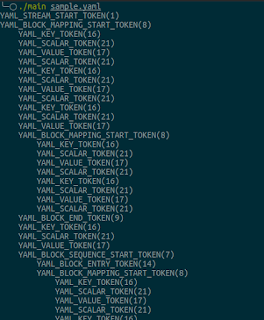Asterisk Queues Realtime Dashboard with amiws and Vue

Project "amiws_queue" is a small dashboard for Asterisk queues management and monitoring. It can work with multiple Asterisk servers and basically visualises AMI queue events from the servers. It is an open source project and can be found on github: https://github.com/staskobzar/amiws_queue Top panel provides information about all queues from all Asterisk servers: active and waiting callers abandoned and completed calls paused and active queue agents Search fields allows to filter by queue name. It accepts regex as well. Also dashboard can send AMI command to pause/unpause all agents in all filtered queues. Each queue card shows queue's settings and allows to pause/activate all queue's agents as well as open the list of agents and queue callers. Monitoring calls in queue. Agents list can sent remove from queue AMI message to Asterisk and allows to drag and drop agents to other queues. When there are calls in ...



